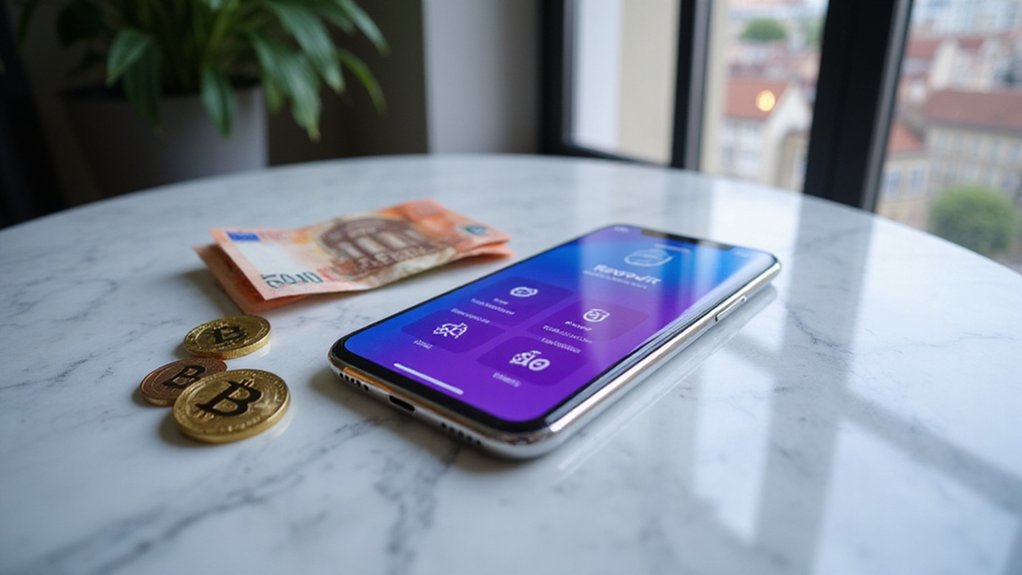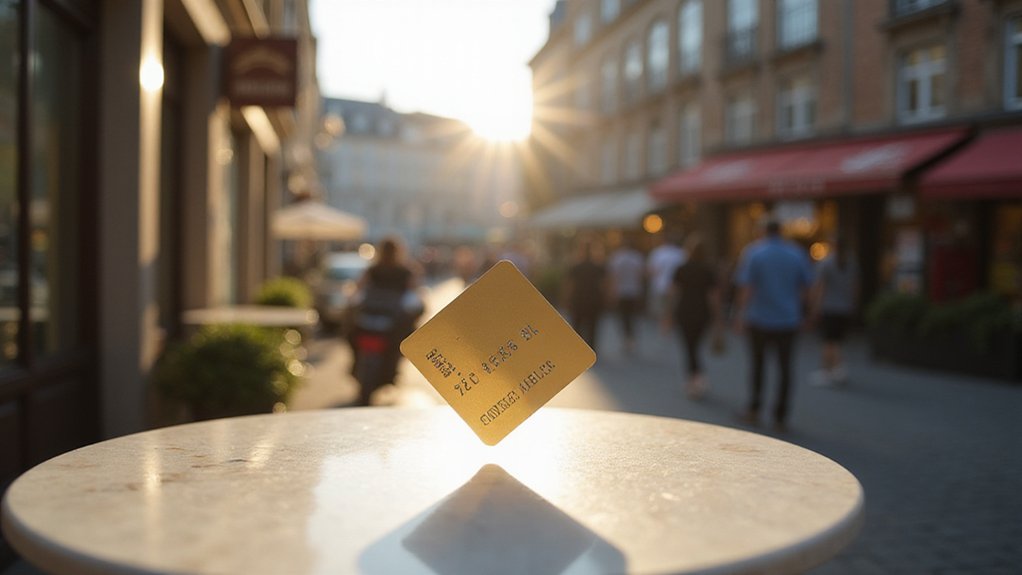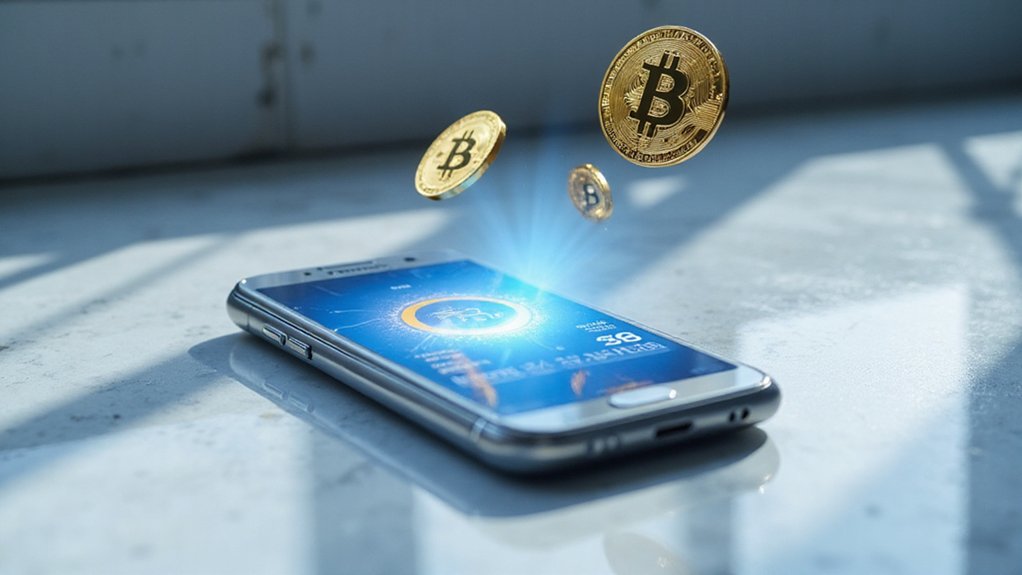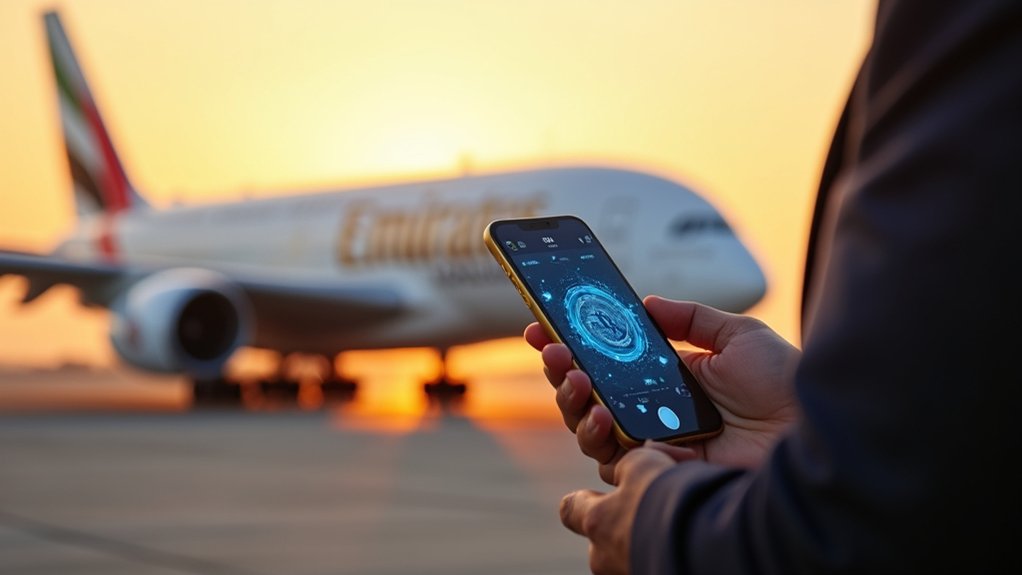In an era where purchasing cryptocurrency has historically required maneuvering through the digital equivalent of a Byzantine bureaucracy—complete with multi-day verification processes, arcane wallet addresses, and fees that would make a Renaissance money changer blush—MoonPay has emerged as something of an anomaly in the space.
The platform’s recent integration with Revolut Pay represents a particularly shrewd maneuver, transforming what was once a labyrinthine process into something approaching actual convenience for European users.
The mechanics are invigoratingly straightforward: Revolut customers can now execute cryptocurrency purchases with a single click, bypassing the traditional gauntlet of bank transfer delays and verification theatrics. This integration spans over 180 countries, supporting multiple fiat currencies including euros, British pounds, and US dollars, while accommodating various payment methods from credit cards to Apple Pay and PayPal.
What distinguishes MoonPay from its competitors isn’t merely the breadth of supported cryptocurrencies—Bitcoin, Ethereum, Solana, and USDC among them—but rather its approach to user experience.
The platform maintains a non-custodial structure, meaning users retain control over their assets rather than entrusting them to yet another centralized exchange (a consideration that has gained considerable relevance following recent industry upheavals). Transaction minimums begin at $1, making the platform accessible to casual experimenters rather than exclusively catering to high-net-worth speculators. Users who maintain their MoonPay balance enjoy high approval rates for instant crypto purchases, providing a significant advantage over traditional payment methods. The platform’s commitment to security is reinforced by rock-solid encryption using AES-256 standards, ensuring user data and transactions remain protected.
The platform’s Solana wallet integration deserves particular attention, enabling DeFi trading while supporting token-to-token transactions within the app environment. Users can top up wallets using fiat, MoonPay balance, or external token deposits—a flexibility that addresses the persistent friction points that have historically plagued crypto adoption. As stablecoins continue to facilitate efficient cross-border transactions, MoonPay’s integration positions users to benefit from this growing trend in international payments.
From a regulatory perspective, MoonPay operates as a compliant financial entity, adhering to KYC/AML standards across all jurisdictions—a necessity that, while adding procedural steps, provides institutional credibility often lacking in the space.
The platform’s encrypted payment technologies and customer support infrastructure suggest an understanding that mainstream adoption requires more than innovative technology; it demands reliable service.
For Revolut’s European user base, this integration represents a meaningful reduction in the traditional barriers to cryptocurrency access, potentially accelerating adoption among demographics previously deterred by the sector’s notorious user experience challenges.









